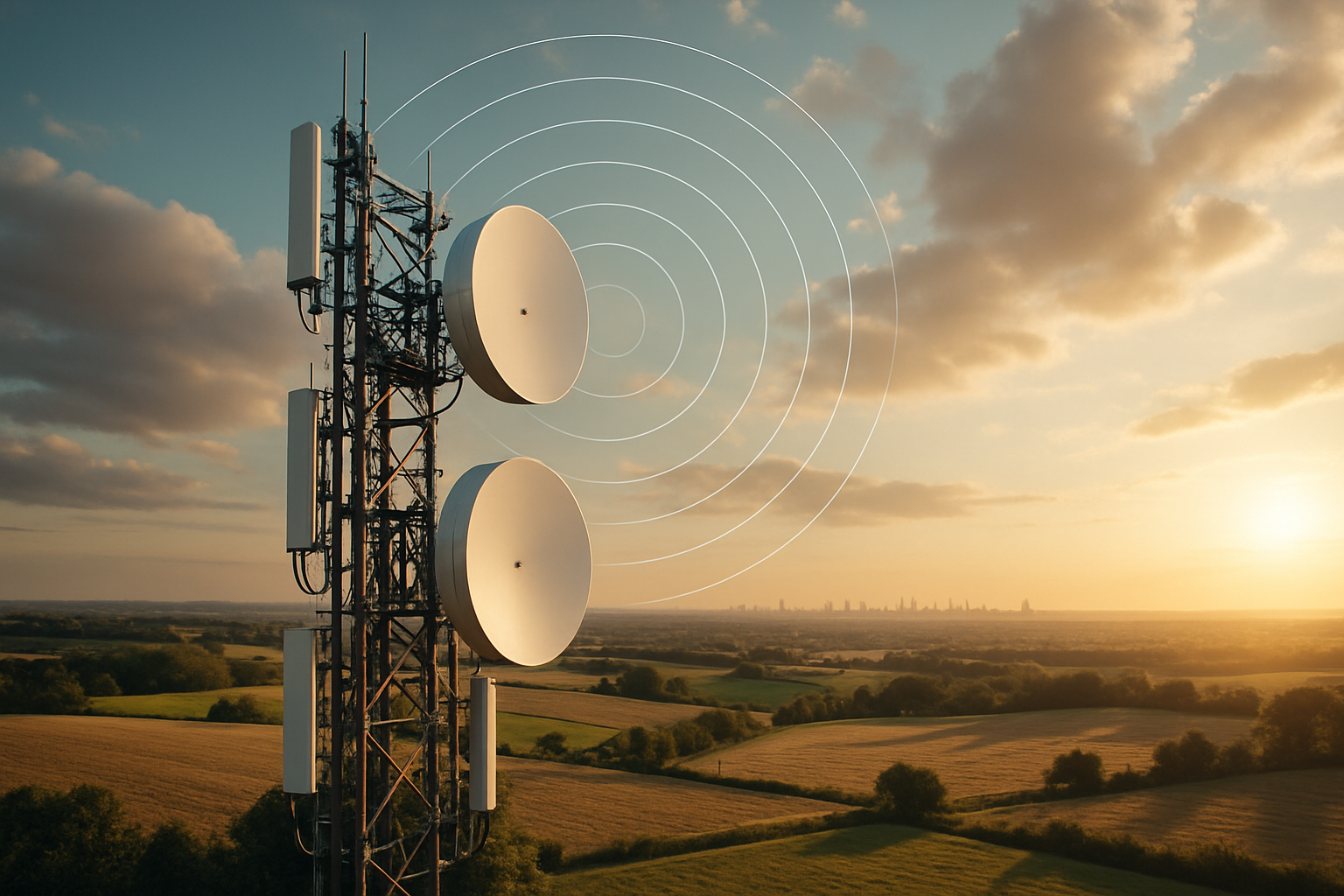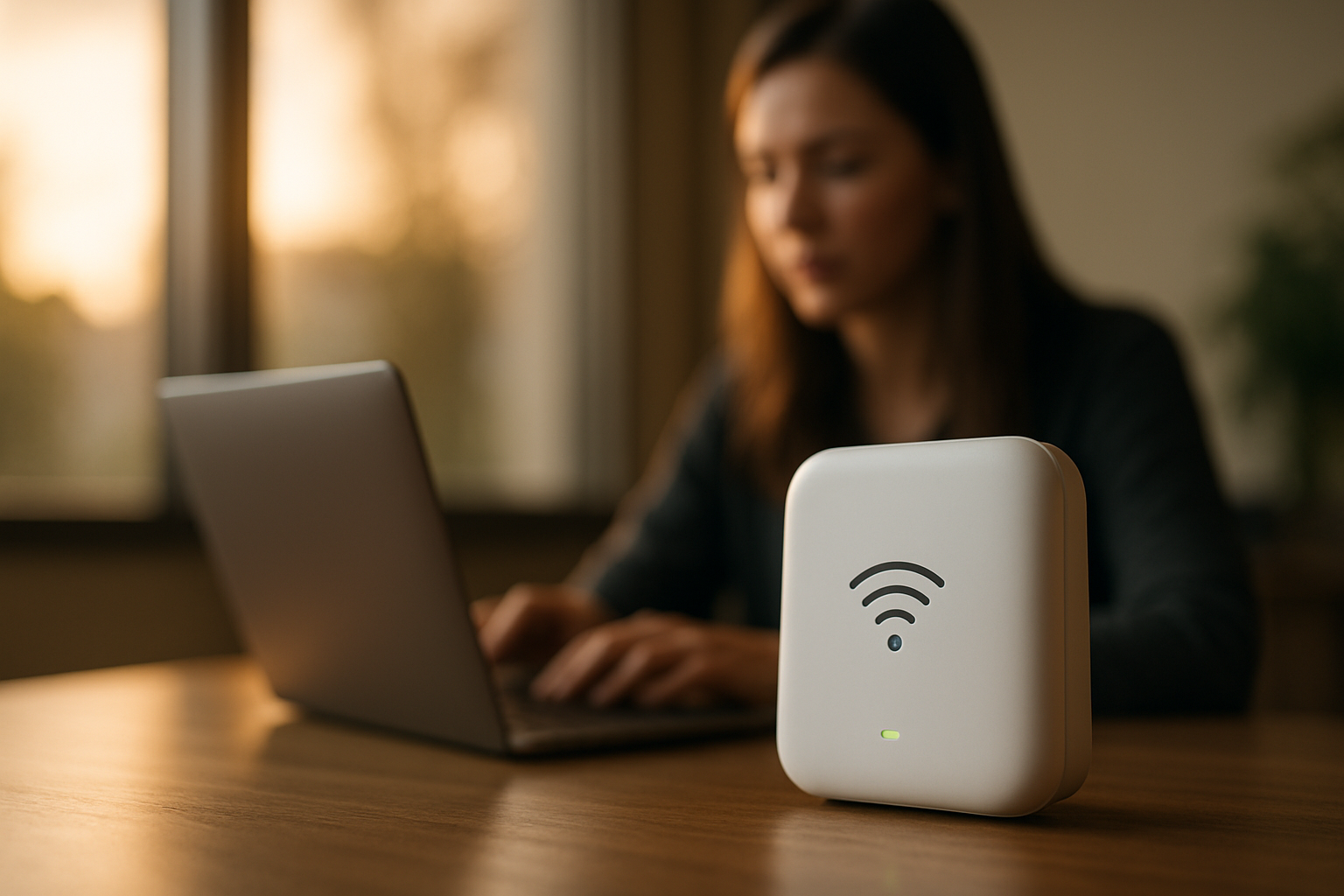Advancements in Telecom Energy Efficiency: A Necessity for Sustainable Connectivity
In a world where digital connectivity is as essential as electricity, it's crucial to explore the energy demands of our telecommunications infrastructure. The mission towards sustainable connectivity has driven several innovative strides in telecom energy efficiency, a topic as critical as it is underexplored.

Telecom Energy Efficiency: A Historical Overview
The history of telecommunications is a story of constant evolution and innovation. In the early days, the focus was primarily on enhancing connectivity and speed. However, as the industry matured and the environmental impact of technology became apparent, energy efficiency emerged as a significant concern.
Over the years, the telecom sector has adopted a range of strategies to improve energy efficiency, such as optimizing network design, improving equipment efficiency, and using renewable energy sources. However, the constant demand for faster and more reliable connectivity means that energy consumption in telecommunications continues to rise, making the need for innovative solutions more urgent than ever.
Current Trends and Regulatory Changes
With the global focus on reducing carbon emissions, regulatory bodies worldwide are now emphasizing energy efficiency in the telecom sector. Standards such as the Energy Star certification for telecom equipment have been introduced, and many countries have set energy efficiency goals for their telecom industries.
One exciting trend is the increased use of artificial intelligence (AI) to optimize network energy consumption. AI algorithms can monitor network traffic patterns and adjust energy use accordingly, significantly reducing power consumption.
The Impact of Telecom Energy Efficiency
Telecom energy efficiency is not just about reducing environmental impact; it also has significant economic implications. Energy costs often represent a large portion of operating expenses in the telecom industry, so improving energy efficiency can lead to substantial cost savings.
Furthermore, as consumers become more environmentally conscious, telecom companies that prioritize energy efficiency can gain a competitive edge.
Challenges and Opportunities
Despite the clear benefits, achieving energy efficiency in telecommunications is not without its challenges. The constantly evolving nature of telecom technology, along with the relentless demand for faster and more reliable connectivity, means that energy consumption is always a moving target.
However, these challenges also present opportunities for innovation. For instance, the development of energy-efficient hardware and software, the use of renewable energy sources, and the implementation of energy management systems all offer exciting possibilities for the future of sustainable connectivity.
Moving Forward: The Future of Telecom Energy Efficiency
As the world continues to digitalize, the demand for telecommunications services will only increase. This makes the need for energy-efficient telecom solutions more crucial than ever.
Telecom energy efficiency is not just about technology; it also requires a shift in mindset from all stakeholders, including regulators, telecom service providers, and customers. By prioritizing energy efficiency and investing in sustainable technologies, we can ensure that our digital future is not just connected, but also sustainable.
In conclusion, telecom energy efficiency is a critical but often overlooked aspect of sustainability. As the world becomes more digitally connected, the energy demands of our telecommunications infrastructure will continue to rise. Therefore, it is vital to prioritize energy efficiency in our drive towards a sustainable future.





